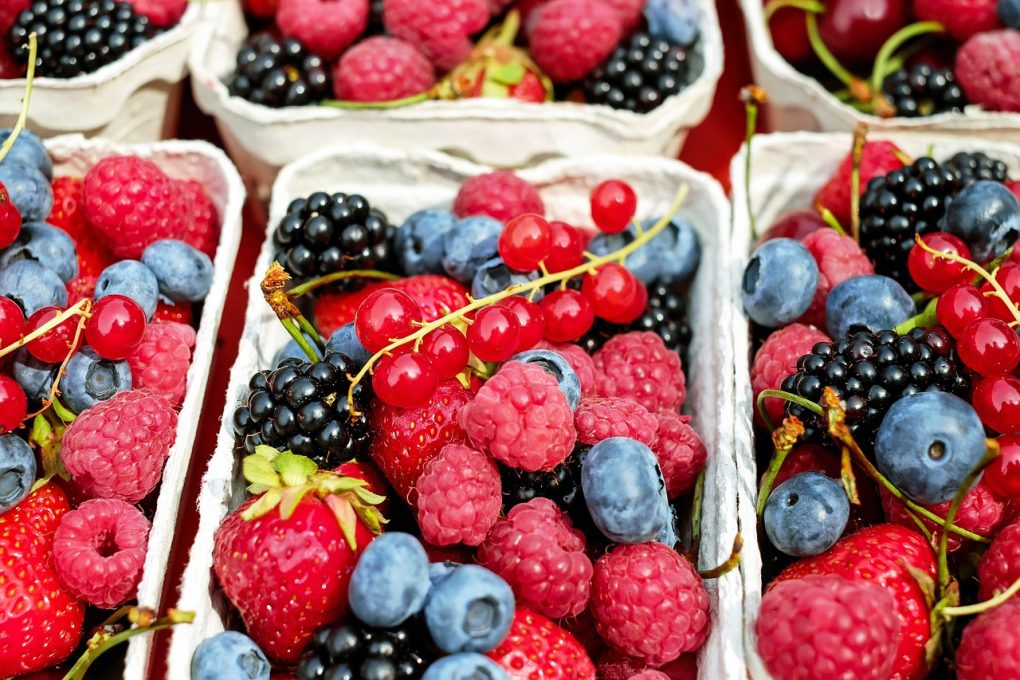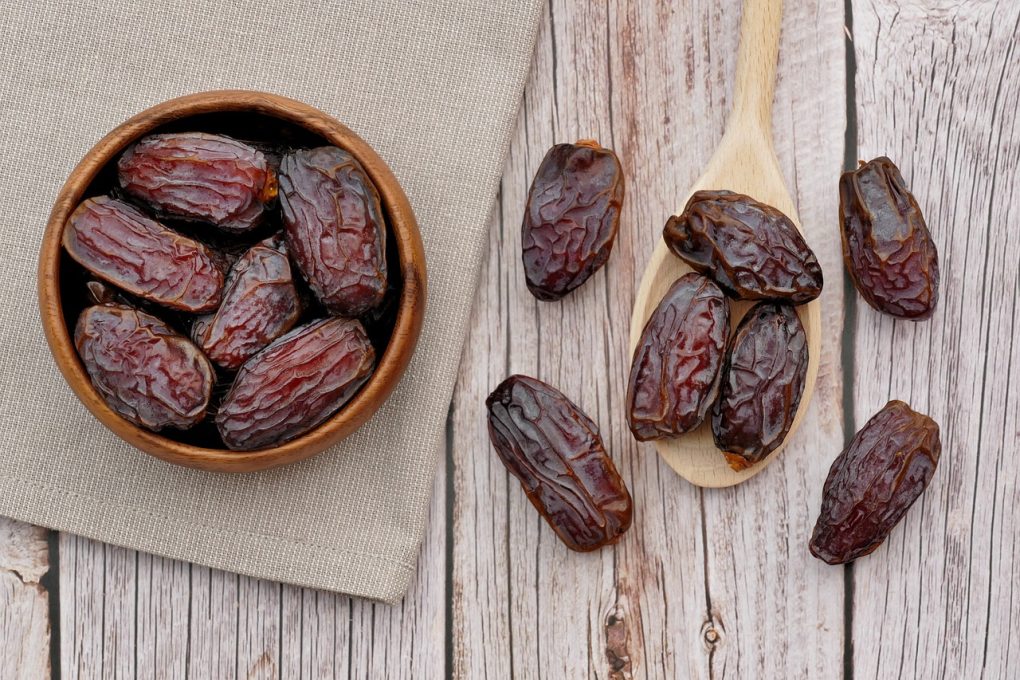
Fruits are one of the most nutritious and delicious food groups, and come in a variety of forms, from fresh to frozen to dried. While fresh fruits are often the go-to choice for snacking and cooking, dried fruits can also be a great option, with their concentrated sweetness and longer shelf life. Understanding the differences between dried and fresh fruits, as well as learning how to store them properly, is crucial for both taste and nutrition.
Dried Fruits

Dried fruits are fruits that have had most of their water content removed through various methods, such as sun-drying, air-drying, or using dehydrators. This process concentrates the natural sugars and nutrients in the fruit, resulting in a more concentrated flavor and higher nutrient content per serving compared to fresh fruits.
Dried fruits are available in a variety of forms,such as whole fruits, slices, and chopped pieces, and people often use them as a convenient and nutritious snack or ingredient in cooking and baking.
Fresh Fruits

Fresh fruits are fruits that have not been processed or had their water content removed. People often eat them raw because they are naturally rich in a variety of vitamins, minerals, fiber, and antioxidants. Examples of common fresh fruits include apples, oranges, bananas, strawberries, and grapes.
Fresh fruits are usually in season and people can enjoy them as a healthy snack, use them in recipes, or add them as a natural sweetener.
Dried vs Fresh Fruits:Key Differences
There are several differences between dried and fresh fruits that are important to consider when it comes to taste and nutrition.
Taste and texture
Dried fruits are more concentrated in flavor than fresh fruits, due to the removal of water content. They also tend to have a chewy texture, which can make them more satisfying to snack on. Fresh fruits, on the other hand, have a juicier texture and a more subtle flavor profile.
Nutritional value
Dried fruits tend to be higher in calories and sugar than fresh fruits, due to the removal of water content. However, they are also more nutrient-dense in some respects, as they contain more fiber, vitamins, and minerals per serving. Fresh fruits, on the other hand, have more water content and are typically lower in calories and sugar, while still being nutrient-dense.
Fat content
Dried fruits may have higher levels of fat compared to fresh fruits, particularly if manufacturers treated them with oil or sugar while drying. However, this varies depending on the type of fruit and the specific preparation.
Storing Fresh Fruits

Storing fresh fruits properly is crucial for maintaining their freshness, flavor, and nutritional value. Here are some tips for storing fresh fruits:
To preserve the freshness of most fruits, store them at approximately 40 degrees Fahrenheit, which is the optimal temperature. Nevertheless, apples and pears can remain at room temperature for several days before they begin to spoil. Considering humidity is also essential because some fruits, like berries and grapes, are more susceptible to moisture and require storage in a dry environment.
Best practices for storing specific types of fruits: Different types of fruits have different storage requirements. As an illustration, citrus fruits can remain at room temperature for a few days but require refrigeration for longer storage. Store bananas at room temperature until they ripen fully, then transfer them to the refrigerator to slow down the ripening process. Berries should be stored in a single layer in the refrigerator, and grapes should be stored in a paper bag to maintain moisture levels.
How to know when fresh fruit has gone bad: Signs that fresh fruit has gone bad include a change in color or texture, a sour or unpleasant smell, or the appearance of mold. It is important to discard any fruit that has gone bad, as it can harbor harmful bacteria and toxins.
Storing Dried Fruits

Dried fruits have a longer shelf life than fresh fruits, but still require proper storage to maintain their flavor and nutritional value.
Types of dried fruits
There are many types of dried fruits, including raisins, apricots, figs, and prunes. Every fruit variety has a distinctive taste and nutritional composition, and one can use them in various recipes.
Packaging and storage considerations
Dried fruits should be stored in a cool, dry place, such as a pantry or cupboard. Store them in airtight containers like glass jars or plastic bags to prevent air and moisture from entering. It is also important to check the expiration date on the packaging, as dried fruits can go bad over time and lose their flavor and texture.
How to know when dried fruit has gone bad: Signs that dried fruit has gone bad include a change in color, a stale or rancid smell, or a powdery texture. It is important to discard any dried fruit that has gone bad, as it can harbor harmful bacteria and toxins.
How to Keep Fresh and Dried Fruits Delicious

Whether you prefer fresh or dried fruits, there are several tips and tricks you can use to keep them delicious and enjoyable. Here are some ideas:
Preparation tips
Fresh fruits can be sliced, diced, or pureed for use in recipes or as a snack. Dried fruits can be added to trail mixes, baked goods, or eaten on their own as a snack. Pairing fruits with yogurt or cheese can create a nutritious and satisfying snack or meal, whether fresh or dried.
Pairing fresh and dried fruits
Fresh and dried fruits can be used together in recipes to create interesting and flavorful combinations. For example, a salad made with fresh spinach, sliced strawberries, and dried cranberries can be both tasty and nutritious.
Tips for incorporating more fresh and dried fruits into your diet: There are many ways to add more fruits to your diet, including adding fresh or dried fruit to smoothies, oatmeal, or yogurt. You can also try swapping out sugary snacks for fresh or dried fruit for a healthier option.
Conclusion
Properly storing fresh and dried fruits is essential for preserving their taste and nutrition. Follow the tips in this article to ensure your fruits remain fresh and nutritious. Incorporate fruits into your diet to enjoy their many health benefits, whether you prefer fresh, dried, or both.


